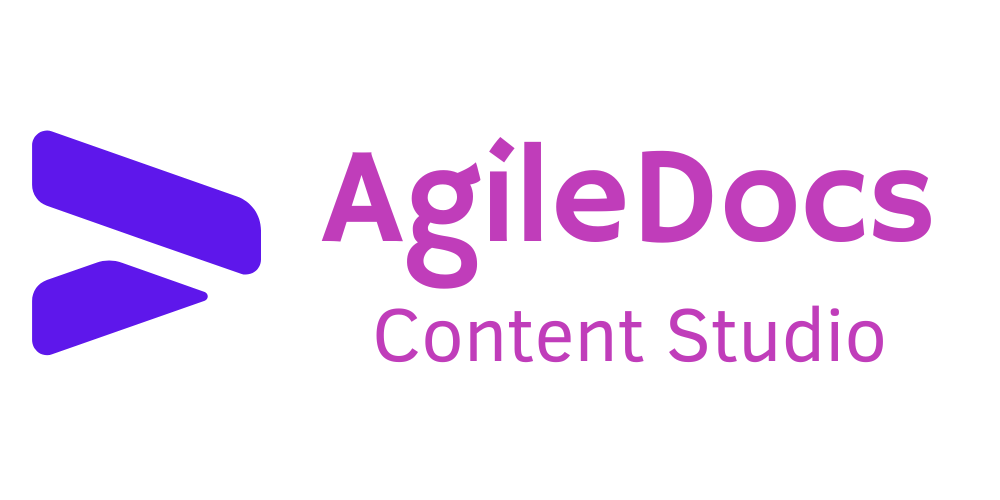Captivate Your Audience by Telling a Story, Not Just a Narrative
On the Internet, where every word counts and every message can make or break your business, there’s a little secret that might just be your secret weapon. Yes, we’re talking about the thin line separating a narrative from a story. Trust us, using this secret wisely can transform your marketing from mundane to magical.
The Magic of Storytelling
Before we dive into the mechanics, let’s set the stage with a fundamental truth: humans are wired for stories. From the earliest cave paintings to the latest viral tweets, stories have been how we connect, learn, and grow.
Why Narratives Don’t Work
- Narratives are linear and chronological. They lack spark because they recount events without diving deeper into the emotional journey.
- Narratives are historical, not heartfelt: Many narratives feel like a timeline of milestones, which, while important, may not resonate on a personal level with your target audience.
Here’s an example of a narrative:
Imagine a company boasting about its growth from a garage start-up to a multinational corporation.
Impressive? Yes. Engaging? Not quite.
Why Storytelling Works
On the flip side, a story is a journey. In all honesty, nobody cares about the events. They only really care about the transformation and the emotional rollercoaster that leads to success.
- Stories thrive on conflict and the subsequent resolution. It’s this journey that grips the audience.
- By focusing on individual experiences, stories allow the audience to see themselves in the narrative, making it infinitely more relatable.
Here’s an example of a story…
Consider Kate, a college senior, anxious about her future, who will finish at the top of her class despite her recent cancer diagnosis. Her story of triumph is not just relatable; it’s inspirational.
Craft Your Story with the StoryBrand Framework
Now that we’ve explained the differences between narratives and stories, let’s talk about how to weave your story into your marketing messaging.
The Ingredients of a Compelling Story
- Character: Every story needs a hero. In marketing, your customer is that hero.
- Conflict: What challenge does your hero face? This is what makes your story engaging.
- Resolution: How does your product or service transform the hero’s life? This is where your offering shines.
Storytelling Without Stories
Sounds absurd, right? Right. The truth is that you don’t always need a full-fledged story. Sometimes, some of the elements of storytelling — a hint of conflict, a dash of transformation — can be enough to draw people in.
Here’s a quick example:
Countless college seniors face an uncertain future. At Acme Placement Services, we turn that uncertainty into opportunity, matching them with their dream jobs.”
The Emotional Factor
Feeling Over Facts
While facts and figures are crucial, it’s the emotional journey that truly cements a connection with your audience. Make them feel the despair, the hope, and the triumph.
Visualization Through Storytelling
Help your audience visualize their success through the stories you tell. It’s not just about the destination; it’s about the journey there.
Why Stories Work
- Stories are memorable. They stick with us far longer than facts do.
- They allow your customers to see themselves in the story.
- Stories can inspire action in a way that facts can’t.
Let us help!
Transitioning from a narrative to a story isn’t just a linguistic shift; it’s a strategic one. By focusing on the transformative power of storytelling, we can help you create a more profound, more emotional connection with your customers. Remember, it’s not just about telling them what you do; it’s about showing them how you can change their world. Now, let’s turn the page and start a new chapter in your marketing story, shall we?
FAQs
What’s the main difference between a narrative and a story?
- A narrative is a chronological account of events, while a story is a transformative journey that involves conflict and resolution.
Why is storytelling effective in marketing?
- It engages the audience emotionally, makes the message memorable, and helps the audience visualize themselves benefiting from the service or product.
Can I use storytelling if my product is ‘boring’?
- Absolutely! Every product or service solves a problem or fulfills a need, and therein lies your story.
How do I start incorporating storytelling into my marketing?
- Begin with your customers. Identify their challenges and how your offering helps resolve those. That’s your story’s core.
Do I need to create a complete story for effective storytelling?
- Not
